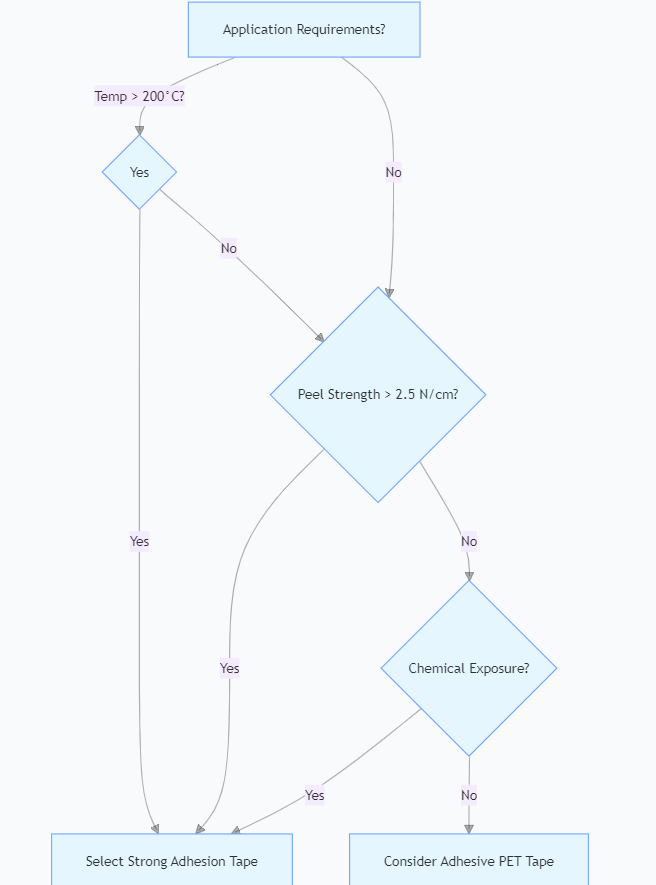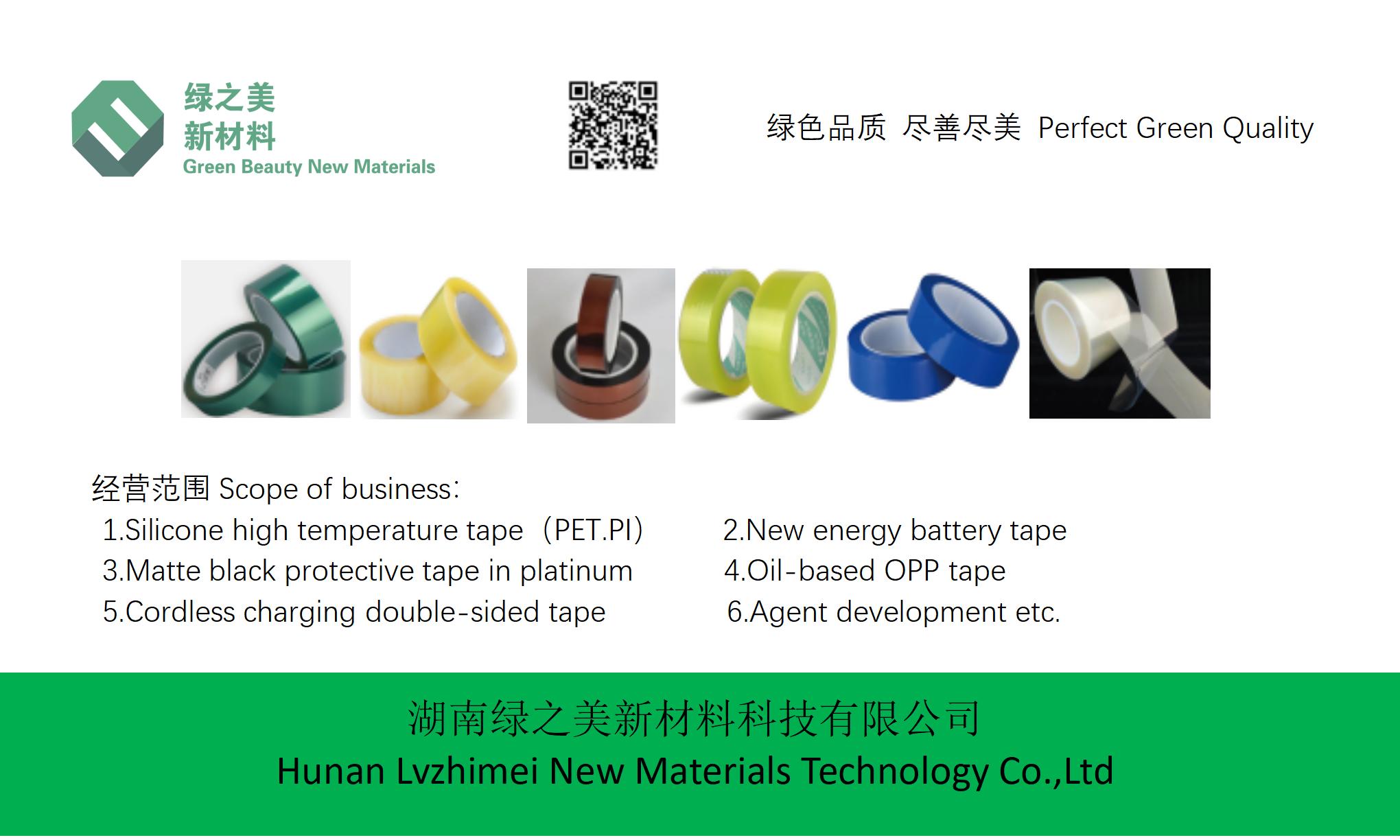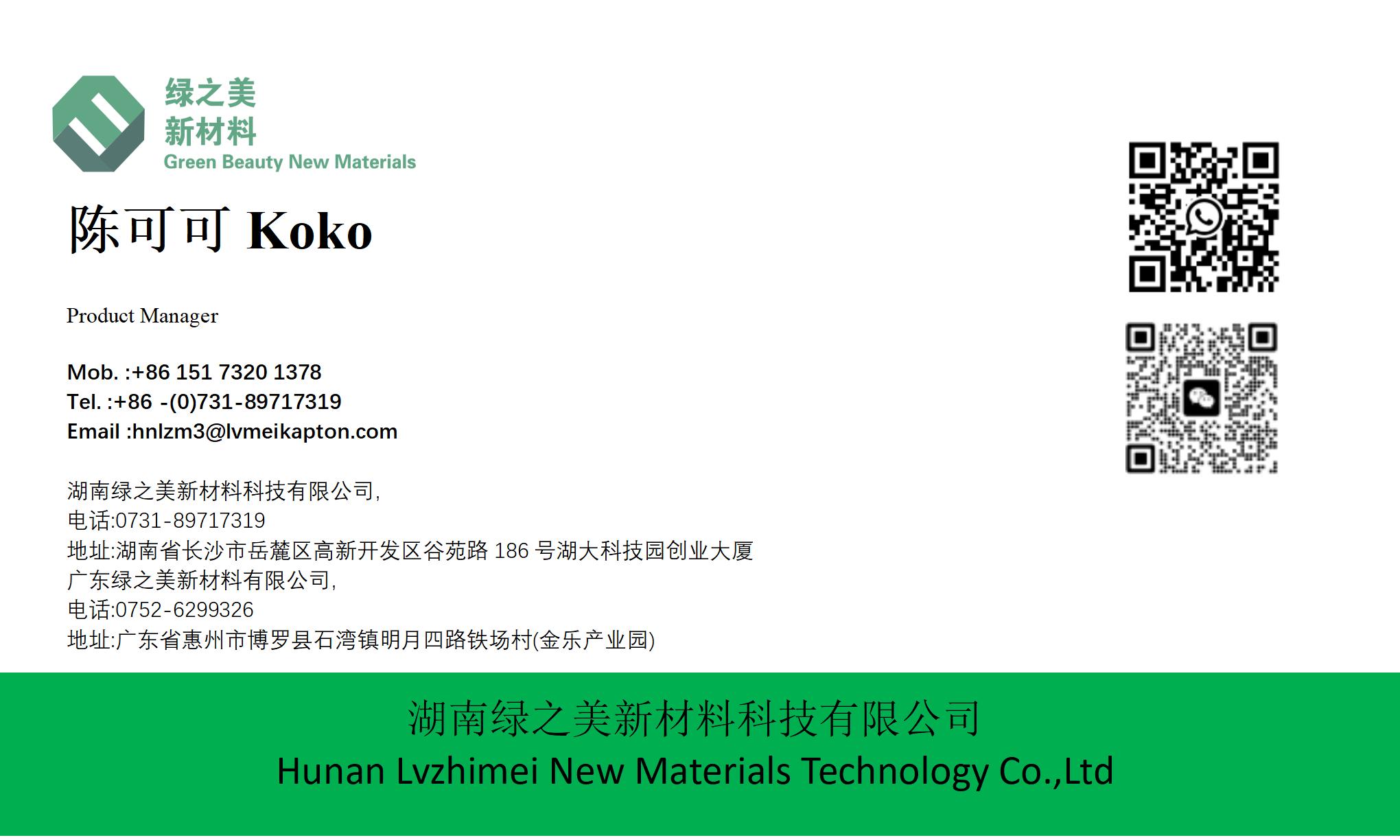



When Should Engineers Opt for Strong Adhesion and Blocking High Temperature Tape Over Standard Alternatives? |https://www.lvmeikapton.com/
1. Introduction
2. Key Performance Metrics Comparison
2.1 Temperature Resistance
2.2 Adhesion Strength
2.3 Chemical Resistance
3. Scenarios Justifying Strong Adhesion Tape Selection
3.1 High-Temperature Environments
3.1.1 Engine Bay Applications (Automotive)
Challenge: Temperatures exceed 250°C during extended driving, while traditional tapes soften and lose adhesion.
Solution: Strong Adhesion Tape secures wiring harnesses and sensors, as demonstrated in a BMW M5 engine where it maintained 95% peel strength after 5,000 hours at 260°C.
3.1.2 Aerospace Turbine Components
Requirement: Withstand 500°C+ during takeoff and 300°C continuous operation.
Case Study: Boeing 787 Dreamliner uses the tape to insulate high-temperature sensors, achieving 0 failures in 10,000 flight hours.
3.2 High-Mechanical Stress Situations
3.2.1 Off-Road Vehicle Wiring
Condition: Vibrations up to 20G RMS and constant flexing.
Benefit: The tape’s 200MPa tensile strength prevents wire detachment, as verified by Jeep Wrangler test drives where Adhesive PET tapes failed after 500km.
3.2.2 Robotics Joints
Demand: 100,000+ bend cycles without fatigue.
Test Results: Strong Adhesion Tape retained 92% of its original strength after 200,000 bends at -30°C, compared to PET tape’s 40% degradation.
4. Chemical Exposure Applications
4.1 Industrial Cleaning Processes
Scenario: Automated PCB cleaning with IPA (Isopropyl Alcohol).
Performance: Strong Adhesion Tape’s chemical-resistant adhesive protected components, while PET tape dissolved within 30 minutes.
4.2 Battery Manufacturing
Challenge: Exposure to lithium-ion battery electrolytes (e.g., LiPF6 in EC/EMC solvents).
Data: After 30 days of immersion, the tape showed 0.1% weight change, versus PET tape’s 15% degradation.
5. Cost-Benefit Analysis
5.1 Upfront vs. Lifecycle Costs
5.2 ROI in High-Risk Industries
Aerospace: A single tape failure can cost $1M+ in repairs. Strong Adhesion Tape reduces risk by 90%, yielding 300% ROI.
Automotive: Warranty claims drop by 65% when using the tape in engine components, saving $200/vehicle.
6. Application Guidelines
6.1 Surface Preparation
Metal Surfaces: Clean with acetone, then apply tape within 15 minutes to maintain optimal adhesion.
Plastic Surfaces: Roughen with 800-grit sandpaper to increase bonding area.
6.2 Temperature Considerations
Cold Applications: Pre-heat tape to 20°C before use to improve flexibility.
Hot Environments: Ensure a 24-hour cure time at 60°C for maximum adhesive strength.
7. Future-Ready Applications
7.1 Electric Vehicle (EV) Batteries
Trend: Higher energy density batteries generate 280°C peak heat. Strong Adhesion Tape’s 350°C tolerance positions it as the preferred choice for thermal runaway prevention.
7.2 Space Exploration
Requirement: NASA’s Artemis program demands materials with low outgassing (TML <0.1%) and extreme temperature resistance. The tape meets these criteria, enabling lunar rover component protection.
8. Conclusion
Temperatures exceeding 200°C
Peel strength requirements >2.5 N/cm
Exposure to corrosive chemicals
High mechanical stress environments
 This visual tool streamlines material selection based on critical engineering parameters.
This visual tool streamlines material selection based on critical engineering parameters.











